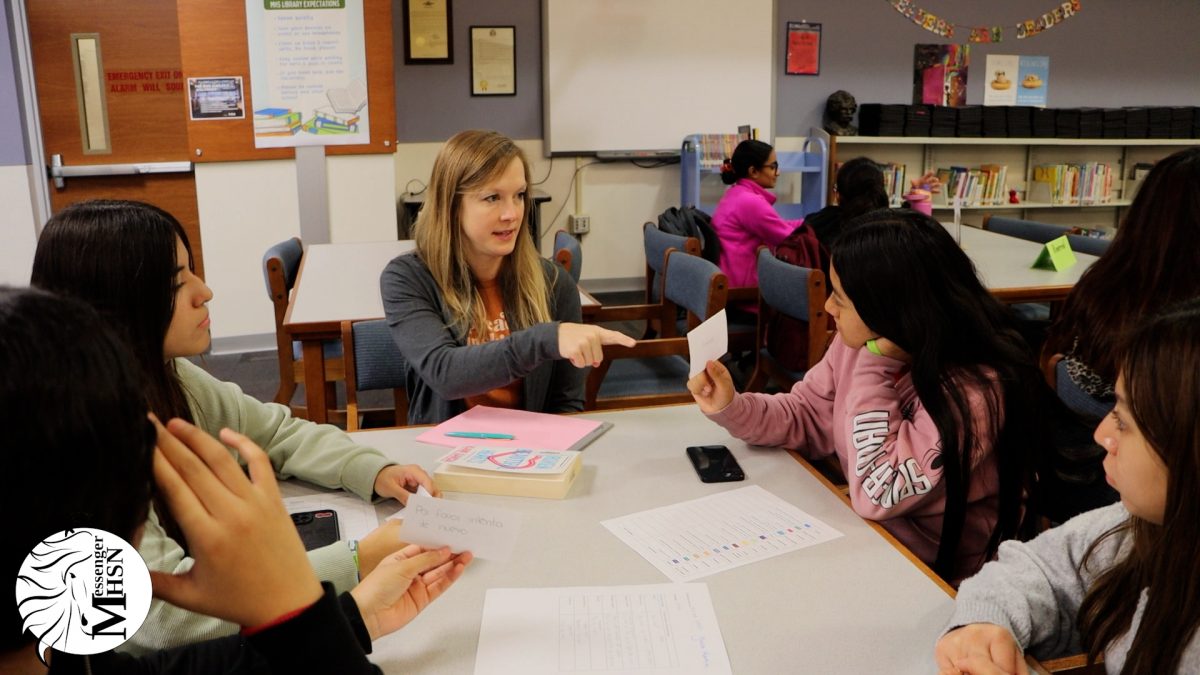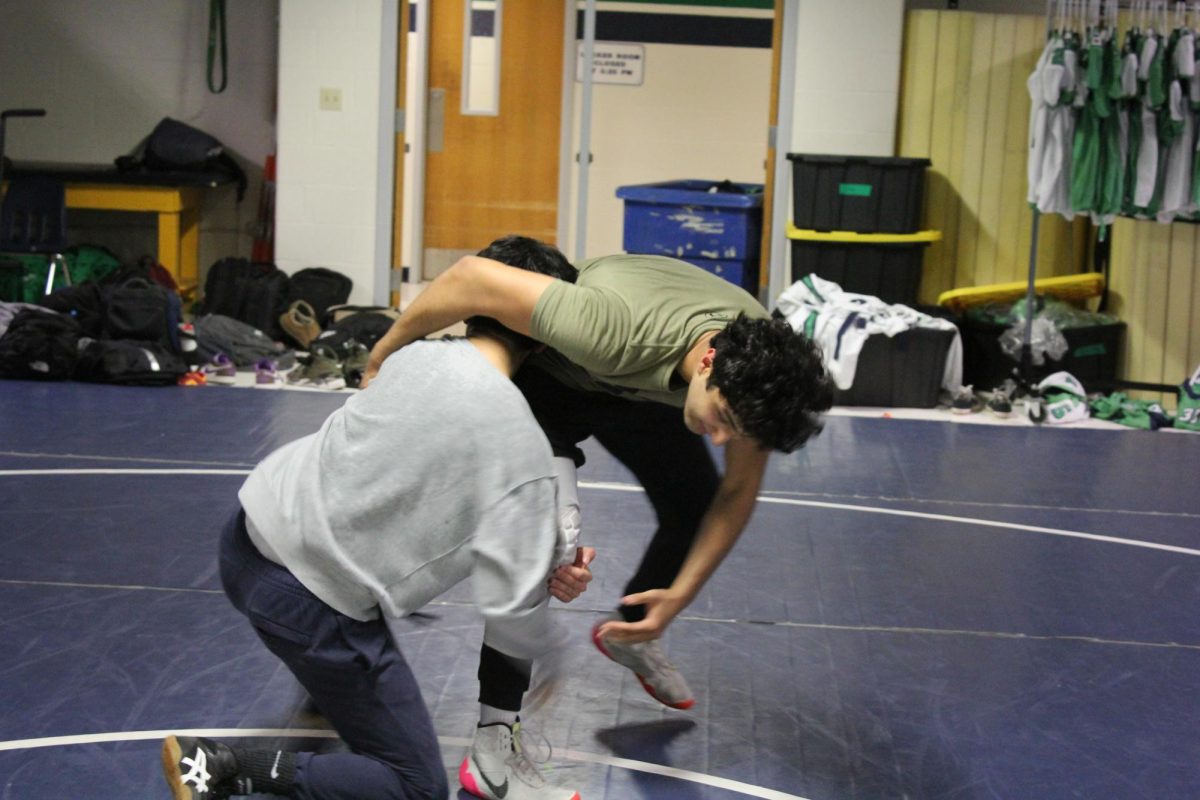Girls in Stem
December 11, 2015
As a child, I was always the girl who hung out with the guys and preferred Legos over Barbies.
I remember the look on other girls’ faces then; it’s the same look I see when I tell people that I’m interested in science.
It has never been said that science and math are strictly subjects for boys or that girls are unable to pursue interests or careers in the aforementioned fields, but somehow I remember feeling like there was something wrong with my interests then.
Even before elementary school, children are exposed to a sense of gender identity and the idea that boys belong in a math class, and girls don’t.
Perfectly proportioned dolls and mini kitchen sets are still being marketed to young girls, while Legos and toy robots are catching the eyes of boys. The toy industry is indirectly implying that girls are only interested in cooking and dressing up dolls while simultaneously encouraging boys to build and create things themselves.
Today, women make up only 13 percent of the engineering workforce and 25 percent of the computer and mathematical sciences workforces, according to the National Center for Education Statistics.
In the onslaught of various how-to styled articles about this topic, many pushed teaching girls science and math in an environment where they“felt protected and safe” and could “learn to have achievements and feel successful”.
The idea that girls need to be “protected” in order to learn and succeed doesn’t help the issue at all. What is important is encouraging them to pursue their interests without the restrictions of traditional gender roles.
Rather than formulating solutions for the lack of women in STEM fields, why can’t we let girls be themselves and pursue whatever they want?
The issue isn’t how to get them interested; it’s how to keep them interested.



















